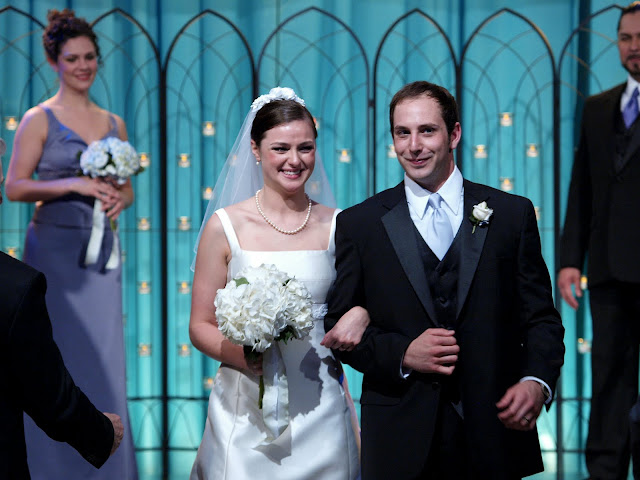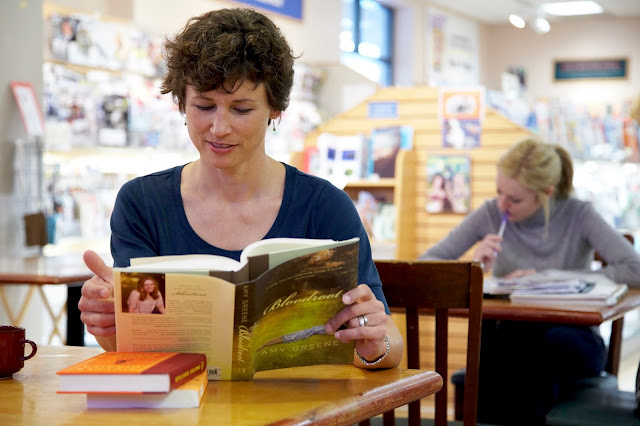Summer vacation at Barton Springs Pool. Austin, Texas (Sony R1 camera).
I'm the last person to tell someone not to buy gear. I'm like the guy at the buffet table who likes everything and I'm always trying to slide it on my plate. But even though I'm well stocked and hitting buffet table over and over again I'm not trying to slide the table thru the door and onto a plane. Because I've been there and it's not pretty. At some point in the parabola of passion that is photography we get the notion that we've got to have everything "covered". Simple but insidious concept. Like mold in that air conditioning evaporator pipe. "Covered" means the inventory grows as you discover new stuff that fills in gaps you didn't even know you had before. "Covered", when it comes to lenses means you've got zoom lenses and prime lenses that stretch to supply a focal length at every degree from 5 to 180. If you are truly "covered" in the brainwash sense of the word then you've got the widest and longest lenses offered by your camera company of choice and no unavoidable gaps in the focal length continuum.
I know that no one intends to take every lens they own when they go on vacation but even to be "covered" from 14-200 means some hefty poundage. Especially if you are partial to the f2.8 constant aperture zooms from Nikon and Canon or the f2.0 constant aperture zooms from Olympus. I maintain that thru practice you could generally find three individual focal lengths that will do everything you really want and provide other benefits as well. I am reminded that, for decades, the holy trinity of primes was something like: 28mm, 50mm and 105mm. If you were a minimalist Leica shooter it was probably either 28mm and 50mm or the 35mm and the 90mm. The zoom (r)evolution gives use more flexibility but at the cost of having to become a porter for the gear.
But as bad as the lens choice dilemma is the body conundrum may be worse. And it's more insidious because in so many ways it's an intersection of conflicting benefits and detractions. To that point, I have a friend who is a Nikon shooter. He's going on vacation. And he'll be doing a fair bit of traveling and hiking in another country. He's lucky enough to have both a D3s and a D3X but his good fortune is also part of his travail. He knows it would be crazy to take both. Especially since the 24-70 2.8 and the new 70-200 2.8 are a foregone conclusion. But how to choose? The D3x, used at lower ISO's is perhaps the best imaging DSLR ever created and easily the most detailed. But the D3s is very, very close in quality, has a couple stops advantage in low light and brings a smaller file size bonus to the table. They weigh about the same. Which one do you put in the camera bag and which one do you leave at home? Then there is always the argument that you need a "back-up".
The back up craze is a wonderful boon for camera companies because it implies that cameras are inherently unreliable. Most of us have racked up tens of thousands of exposures with lots of different cameras and I rarely hear of a failure these days. Doesn't matter. Every pro that's survived from the film days wouldn't be caught dead without a back up camera on a job and that seems to trickle down into the thinking of advanced amateurs who channel the pro vibes. So, do you bring two D3s's or do you default to the idea of a small, agile camera that's cheap and nearly expendable as your back up? Something like a D5000. If you were a Canon shooter you could default to a Rebel T2i as the back up for your 1DS Mk III. If you go the first route, two D3s's then you have the weight to consider. If you back up with a D5000 you have the additional second battery type and additional charger to think about.
Then there's the question of backing up the files. Do you bring a laptop and back up to the hard drive and perhaps also to a DVD? Certainly will make your evenings thrilling.....(Yawn). The missus or mr. will be so excited. "Oh boy, honey. We can watch Baywatch in German, like God intended, while I burn these disks...." Or do you buy one of those gold plated Epson back up appliances? ( I find the price of CF cards at places like Costco are soooo cheap that it makes a lot more sense to buy ten or so cards and use them like old style film. Use em up and put them aside and pull the next one out.)
Here's another interesting avenue to pursue: Do you lean on the VR/IS in your camera or do you schlepp around a tripod. And if you take a tripod, just how big and competent should it be? If it's too small it ends up being a useless burden. Too large and it becomes a heavy, but more useful, burden. Maybe that's why the people at Leica invented the ultimate table top tripod...
And then there's the luggage. Unless you're planning on buying your vacation wardrobe abroad you'll be bringing a checked bag and then a bag full of camera gear. Will it be a Think Tank airport Psycho with all the trim? It's got to have rollers or you wear yourself down. But the cases themselves are heavy. Maybe that has you considering a Gura bag.
So why have I started on all this? Well, I have a friend who loves photography and he and his wife are going to Prague and points east. He's a doctor in Austin with a very successful practice so this is hardly a once in a lifetime trip for him. He wants to take great photos but he also wants the trip to be enjoyable for his wife. He's been worrying the travel inventory for a good while. He called me over the weekend to pick my brain (or what was left of it after nearly a week without an air conditioner in my car......).
We did the logic thing. One body, one lens. In his case an Olympus e3 and a 12-60mm lens. No flash. We talked about a tripod but I reminded him that everywhere he would want a tripod it was probably forbidden to use a tripod. In the end we decided that the imperative was to enjoy the romance and not let a camera get in between. That was the deciding factor. That's something people don't think about. Enough.
I've been doing this for a long while and have made many trips to shoot professionally and for fun. And I've made trips with the family where I've taken only a point and shoot. Here's my general advice: If you are doing the job professionally take everything you know you will need. Don't assume you can rent great gear in Lisbon or Tanzania. If you are going on vacation with your family take a good snapshot camera with a wide ranging zoom lens and pass it around to everyone in the family. Make sure to take a lot of group shots.
If you want to do art do what the big boys do: Buy one plane ticket. Choose your favorite (most productive camera). Choose three of your absolute favorite primes or one zoom. If you can do it with one prime--more power to you. Then clear your mind and shoot without a schedule and without compromise. You can't serve multiple masters. You need to be clear about why you're traveling and why you have people with you or why you don't.
It's not hard to figure out but the desire to have it all is crippling. Don't delude yourself, you can't do art on a schedule. You can rarely do art with an audience and you'll rarely have fun running to catch up with the rest of the group.
It was interesting for me to have my behavior reflected back to me by another parent at a swim meet recently. I was diligently shooting all the kids diving and racing during the swim meet. Deborah, a parent of one of Ben's peers (my 14 year old son) came up to me somewhere near the end of the meet and she said, "It's so fun to watch you. You concentrate on getting pictures of all the kids. And then when Ben gets up to swim you put the camera down and watch every second of the race. You never shoot his races. It's weird."
I know why. I want the pure experience. In the moment. Not filtered by the camera and the process.
Have a nice vacation.




























